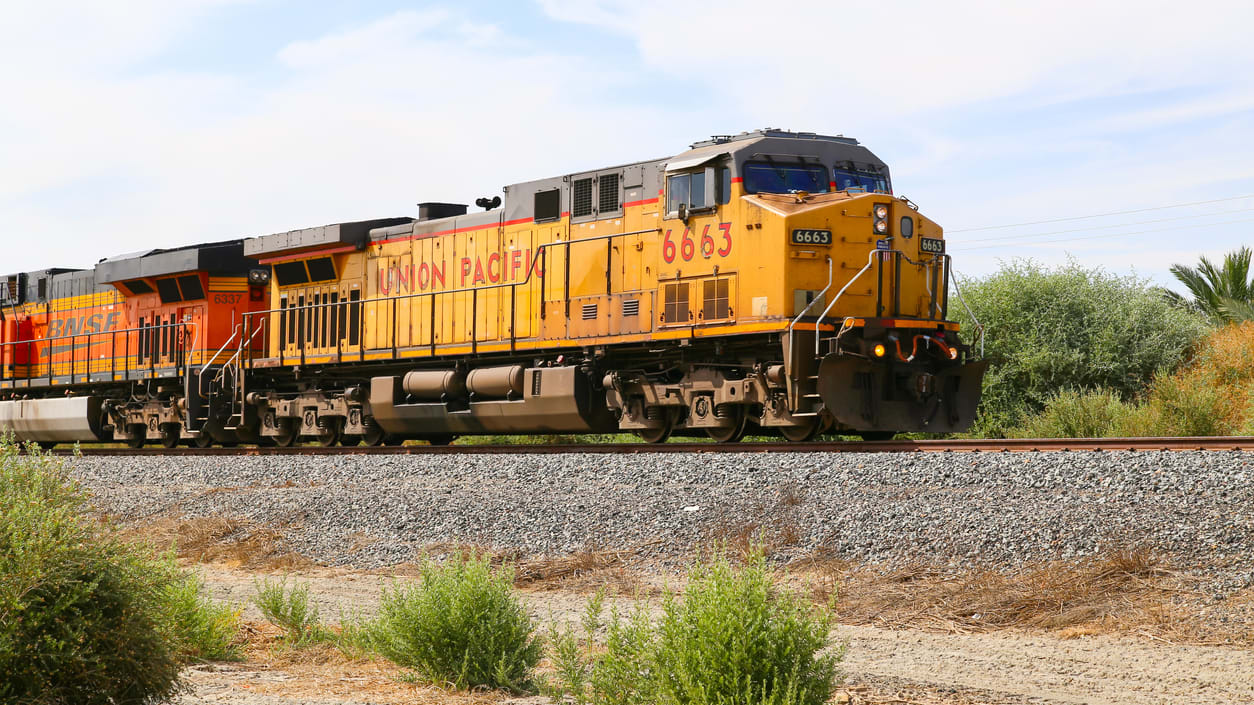In a 4-4 ruling, the U.S. Supreme Court on April 28 upheld a lower court's holding that rejected an injured train conductor's case under the Locomotive Inspection Act. We've gathered articles on the case from SHRM Online and other media outlets.
No Opinion from the High Court
The Supreme Court didn't opine on the case in the 4-4 decision. Justice Amy Coney Barrett sat out the case because she was previously a member of the appeals court panel that rejected the plaintiff's claim. The case arose from injuries the plaintiff sustained after he fell on an oil spot on a walkway while he was assembling a train for departure. The locomotive, which was temporarily stopped, would be covered by the act's safety standards only when in use, the appeals court decided.
Railroads Liable for Work Injuries
Railroads may be held liable for on-the-job injuries under several federal laws, including the Locomotive Inspection Act. The act imposes total liability for injuries that stem from a railroad's failure to regularly inspect trains that are in use.
(Reuters)
Appeals Court Agreed with Railroad Company
The plaintiff maintained that the train was idling on a sidetrack and was in use. Union Pacific asserted that the locomotive was not in use under the act because it was motionless, parked on a sidetrack, had not been inspected for departure and was tagged to "run dead" to its next destination as part of a train that had yet to be assembled. The appeals court agreed with Union Pacific.
No Precedent Set
Appellate courts have divided over whether a locomotive parked at a railyard, and ready to move imminently, is in use. The Supreme Court's deadlock resolves the plaintiff's case but leaves the broader disagreement among the courts unsettled. Equally divided decisions by the Supreme Court are not precedential.
Railroad Worker Can Take Disability Benefit Dispute to Court
A worker whose disability benefits claim was denied by the U.S. Railroad Retirement Board could seek review in federal court of the board's decision not to reopen his claim, according to the U.S. Supreme Court in a ruling last year.




